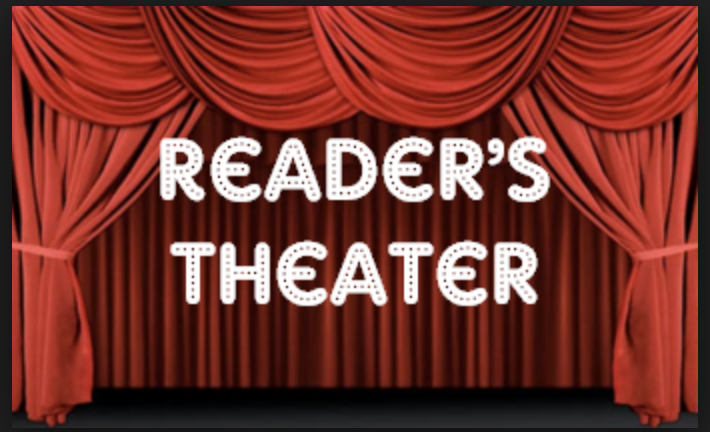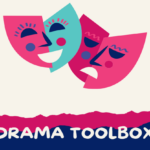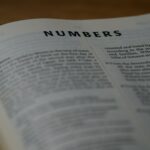For the past two Tuesday’s our class has had the opportunity to join a Grade three class for their morning routine. Each morning the class would start the day by joining their teacher at the carpet to start with attendance. The teacher would start by choosing a language and then say good morning to each student. For our first visit, students were encouraged to say Good Morning in Chinese. Some students replied to their teacher in Chinese, while others replied in English, French or other languages.
Zǎo shàng hǎo (早上好)
Chinese translation of Good Morning
For our second visit, students were encouraged to say Good Morning in Ktunaxa. The majority of students chose to reply Good Morning to their teacher using Ktunaxa, although a few used French or English. As a result of this fun way of starting the day, students were aligning with the concept of using language in creative and playful ways to help understand how language works. This is a big idea of the BC Curriculum for Students in Grade Three. This also aligns with British Columbia Teacher Council (BCTC) professional standards for teachers in that this teacher is cultivating an understanding for normalization of a multicultural and diverse society. I appreciate the exposure students are given with various languages throughout the school year. As a teacher candidate, this portion of the morning was an observation of the class, but created inquiry in that this is an easy way to introduce culture and diversity into the classroom and could be done with students of any grade level.
kiʔsuʔk wiǂnam
Ktunaxa translation of Good Morning
The next portion of the morning consisted of taking the number of days in school and converting what that would look like as cents or dollars then adding to the ‘bank’. Today marked the 114th day in school so students had to decide how they would use coins to make 114 cents or $1.14. They discussed these two statements meaning the same thing. Students would raise their hands once they had an answer. One student said they would need 4 quarters, 1 dime and 4 penny’s. There were multiple different examples expressed by students of using coins to represent $1.14.
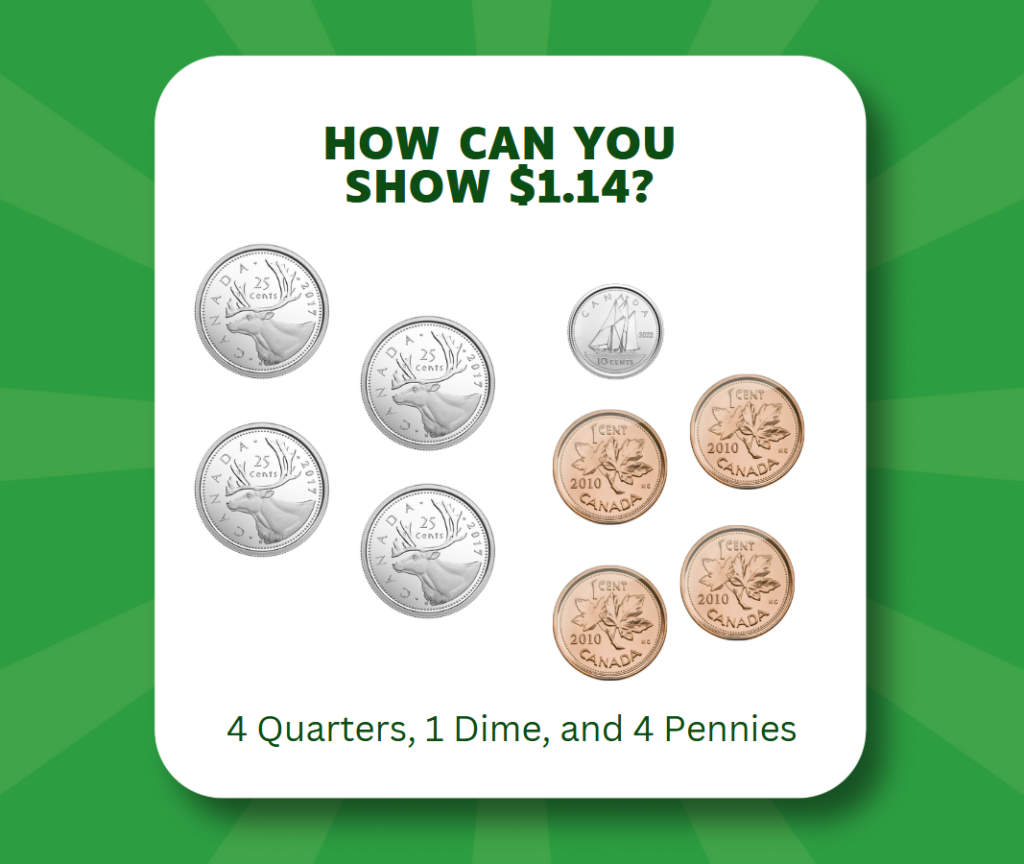
Students then added 114 to their ‘bank’. In their bank they had $6441. Students went through the process of adding 114 to 6441. They raised their hands once they had the answer. Students were encouraged to try to say the number in the expanded form as well (6000 + 500 + 50 + 5. After today’s lesson students had $6555 in their bank. This short lesson meets the BC curriculum in a couple of ways. For English Language Arts, students focused on the big idea of Using language in creative and playful ways helps understand how language works. Particularly focused on the curricular competencies and content; exchange ideas and perspective to build shared understanding, use of prior knowledge and oral language. While meeting this criteria for English Language Arts, students also met criteria for Mathematics. The Mathematic big idea for this short lesson was; Regular increases and decreases in patterns can be identified and used to make generalizations, meeting several curricular competencies and content at the grade three level. Some of these included modelling mathematics by drawing out coins as representation, communicate mathematical thinking, reflect on mathematical thing, financial literacy and addition. This meets professional standard number five (See Below). This was again an observation opportunity for myself and the other fellow teacher candidates.

This leads me to the literacy experience we were invited to partake in. I had never seen what readers theatre looked like, so was excited to have these expert grade three students teach me about readers theatre. I was a little unsure of what expectations I should have for readers theater but quickly learned that this is a fun way to integrate group reading into your classroom. Students start by choral reading the story. These are books that include a grade level story at the front, followed by a script at the back of the book. My group was Little Red Riding Hood by Jenny Giles. Once students have finished reading the story we moved on to the script. We read through the script three times once myself and the other teacher candidate cast roles to our students. We were then given minimal props and costumes and preformed the script a couple more time. This concluded our first visit.
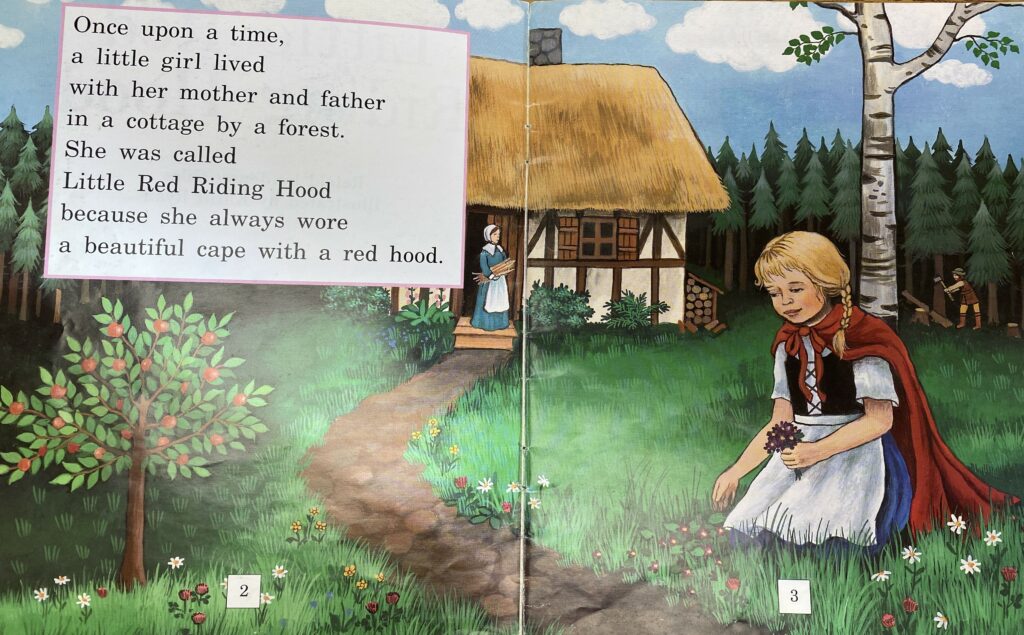
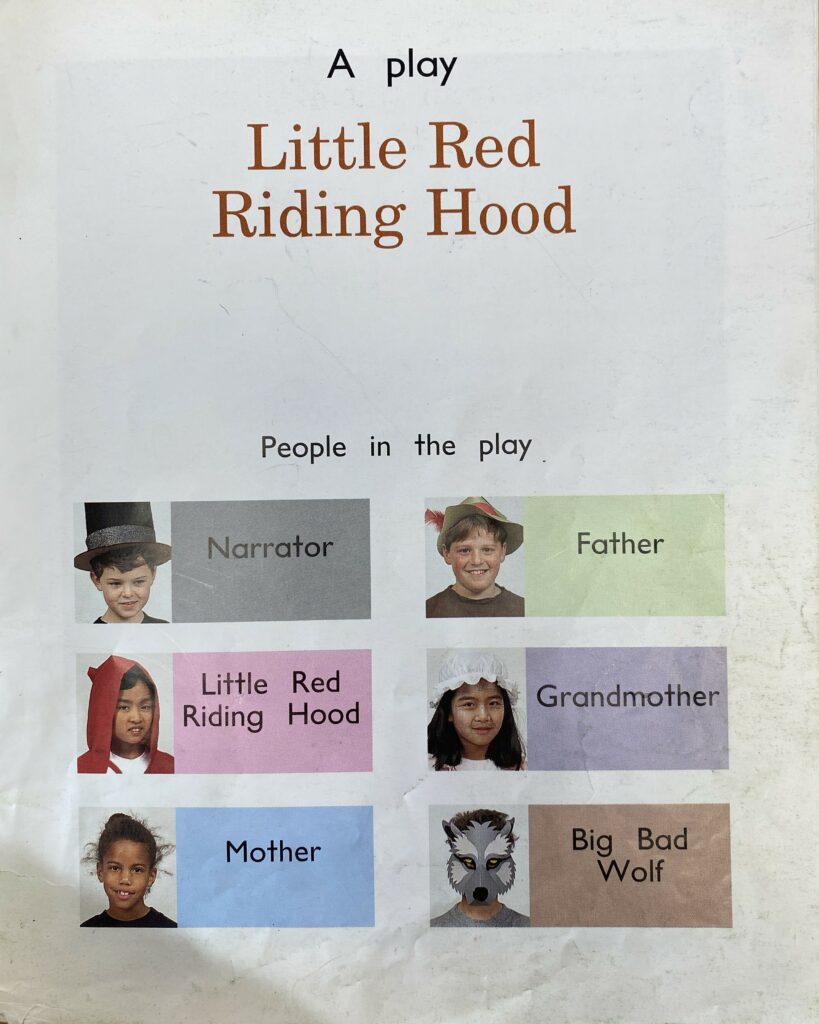
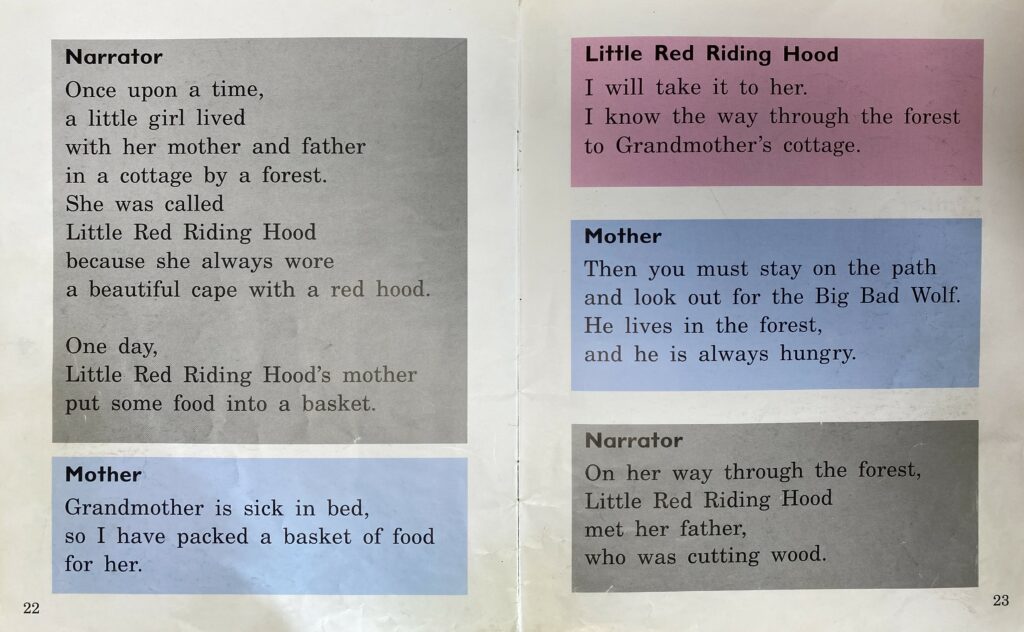
On our second visit, students read through the scripts two times before we preformed in front of the class. The goal of readers theatre is to enhance reading skills and confidence, while providing context for authentic reading. Students are encouraged to use as few costumes or props as possible and use their voices and expression to convey meaning of the story. While working through their readers theatre, students were focused on several components of the BC Curriculum for English Language Arts including the big idea of language and story can be a source of creativity and joy. Readers theatre is an great way to make reading and learning fun, especially for students who are new to reading or who may struggle with traditional reading teaching styles. Students in my group read the text probably seven times before they preformed in front of the class and not one student complained when I asked them to read it again. I know I wouldn’t want to read the same book over and over again in a traditional teacher/student reading situation. This process met several of the curricular competencies and content requirements for the grade three level including: reading fluently at grade level, using prior knowledge to make meaning, using a variety of ready, listening and viewing strategies, recognition of different texts, engaging as active listeners, viewers and readers, use of oral storytelling, reading strategies and oral language strategies.
During this process, I helped guide students through their first initial readings of the story and script, as well as helped guide them with clear speaking voices for our performance in front of the class. There are so many benefits to readers theatre from enhancing students reading fluency and comprehension to increased public speaking ability. When creating our story vines, Robin Bright emphasizes the importance of repetition. By engaging in repeated readings of scripts, participants improve their pacing, expression, and accuracy, students are able to boost their confidence and fluency. I thoroughly enjoyed my time in this grade three class and believe that I will bring readers theatre to my future classroom.
Repetition is important. The more opportunities students have to share their story vines with others, the more their confidence will grow in language fluency, vocabulary, and comprehension.
– Robin Bright, Sometimes Reading Is Hard,2021
This is key. The more repetition students are able to have with text, the more confident they grow in their fluency, vocabulary and comprehension.
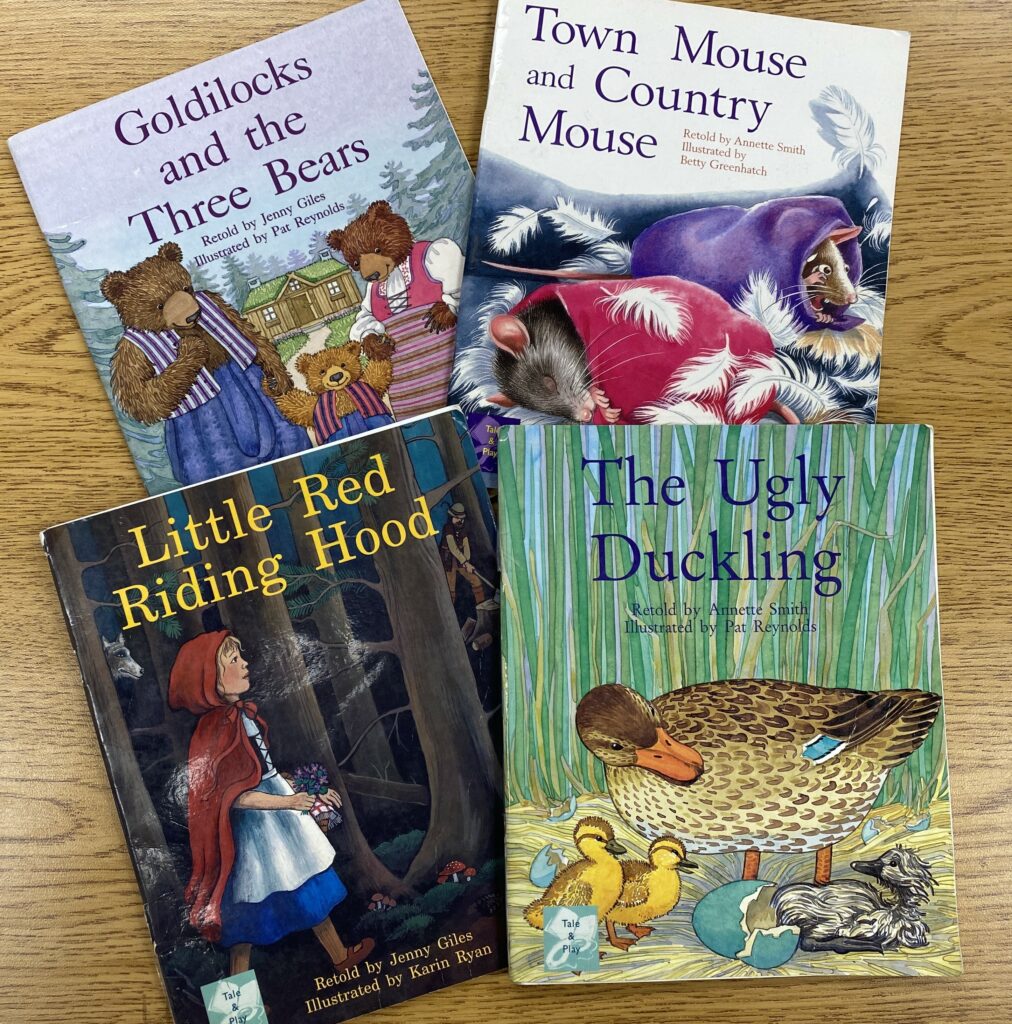
Resources
BC Teachers’ Council. (2019). Professional Standards for BC Educators Effective. https://www2.gov.bc.ca/assets/gov/education/kindergarten-to-grade-12/teach/teacher-regulation/standards-for-educators/edu_standards.pdf
Bright, R., 2021. Sometimes Reading Is Hard, Pembroke Publishers. Markham, CA. Retrieved from https://coilink.org/20.500.12592/jxm425 on 11 Mar 2025. COI: 20.500.12592/jxm425.
Government of British Columbia. (2019). Building Student Success – BC’s New Curriculum. Gov.bc.ca. https://curriculum.gov.bc.ca/
Giles, Jenny. Little Red Riding Hood. (1998). Nelson Thornes.
